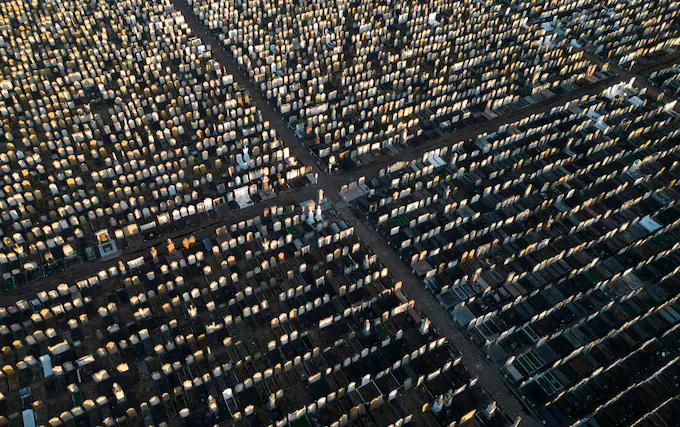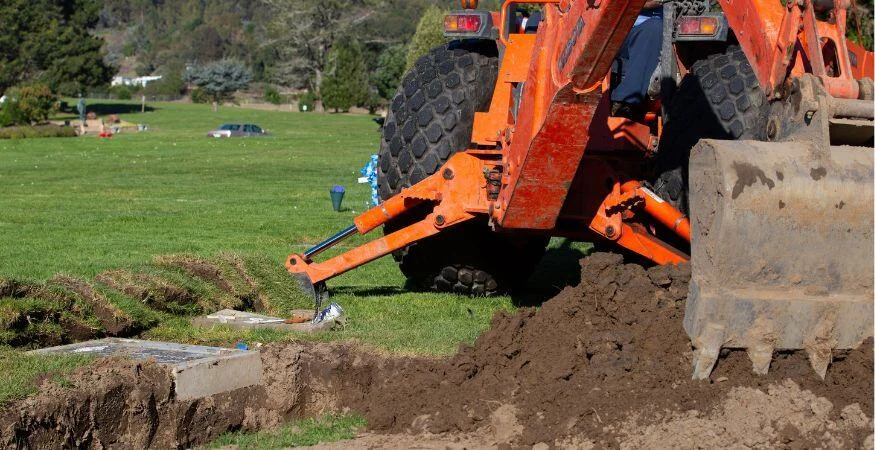
Grave Reuse Ethics: Rethinking Burial Traditions in an Overcrowded World
Burial grounds are more than final resting places—they are historical archives, cultural landmarks, and, in many cases, overburdened spaces. As urbanisation expands and land becomes increasingly scarce, a pressing ethical question emerges: should graves be reused? The debate isn’t just about space; it’s about memory, respect, legal frameworks, and evolving attitudes toward death.
In many parts of the world, grave reuse is an accepted practice, whilst in others, it remains a controversial, even taboo subject. This article explores the ethics of reusing cemetery space, weighing tradition against practicality, and questioning what it truly means to honour the dead.
Contents
The Growing Problem of Cemetery Overcrowding
A Finite Resource in an Expanding World
Cemeteries were never designed to last forever. Historically, burial sites evolved naturally—people were interred, graves faded into the landscape, and land was repurposed.
However, modern cemeteries, especially in Western cultures, have created an expectation of eternal preservation.
The problem? Land is finite, but the deceased keep arriving. In densely populated cities like London, Tokyo, and New York, cemeteries are running out of space.
Some graveyards have stopped accepting new burials altogether, whilst others have resorted to stacking coffins in multi-level crypts or selling plots at exorbitant prices.
The Environmental Cost of Eternal Burial
Beyond spatial concerns, traditional burials pose environmental challenges. Embalming fluids seep into the soil, non-biodegradable caskets take centuries to break down, and vast acres of land are used for headstones rather than green spaces. Compared to cremation or natural burials, permanent grave plots have a significant ecological footprint.
If cemeteries are unsustainable in their current form, does reusing graves offer a practical solution?

Cultural Attitudes Toward Grave Reuse
Grave Reuse Throughout History
Many ancient and historical societies practiced some form of grave reuse. In Ancient Rome, tombs were often repurposed for new burials. In parts of Europe, bones were regularly exhumed and stored in ossuaries, making space for new interments.
Even today, countries like Greece, France, and Germany lease burial plots for a set period (often 10–50 years), after which remains are relocated to communal sites.

Western Resistance to the Idea
Despite historical precedents, many Western societies cling to the notion of a “forever grave.” This resistance is deeply rooted in religious traditions, personal beliefs, and the cultural weight placed on permanence in memorialisation. The idea of disturbing a grave—even centuries later—provokes strong emotional responses.
However, attitudes are shifting. With urban expansion limiting burial space, cities like London have begun reconsidering grave reuse policies.
Some cemeteries now allow “lift-and-deepen” methods, where older remains are respectfully exhumed, reburied deeper in the same plot, and a new burial takes place above.

The Ethical Dilemmas of Grave Reuse
1. The Right to Rest in Peace
Does the dead have a right to eternal rest? Many argue that disturbing human remains, even long after burial, is a violation of dignity and respect.
But this raises a deeper question: at what point does a grave stop belonging to the deceased and become part of shared history?
If cemeteries are to serve the living as well as the dead, do the needs of future generations outweigh the permanence of past burials?
2. Who Decides?
Another ethical dilemma centres on decision-making. If graves are to be reused, who gets the final say? Families? Governments? Religious authorities? In cases where no living relatives exist, should society collectively decide?
The challenge lies in balancing legal rights with cultural sensitivities. Some nations have clear laws on exhumation and grave reuse, whilst others navigate murky legal territory, often leading to public outcry when graves are disturbed without proper consent.
3. Economic and Social Inequalities
Grave reuse can also raise concerns about economic disparity. Will poorer individuals’ graves be repurposed more quickly than those of the wealthy?
Historically, social class has dictated burial rights—royalty and elites often receive elaborate tombs whilst commoners are buried in mass graves. If grave reuse becomes widespread, there is a risk that marginalised communities may bear the brunt of disruption whilst wealthier families pay for “permanent” plots.
Potential Solutions: Balancing Ethics and Practicality
1. Temporary Burial Leases
One middle-ground solution is the leasing system already in use in many European and Asian countries. Graves are not sold in perpetuity but rented for a set number of years. After the lease expires, remains are respectfully relocated, and the grave is reused.
2. Green Burials and Composting
Eco-friendly alternatives, such as green burials and human composting, offer another ethical solution. Biodegradable caskets and natural burials allow the body to return to the earth, removing the need for long-term cemetery maintenance. Washington state has even legalised human composting, turning remains into nutrient-rich soil.
3. Digital Memorials and Virtual Cemeteries
With technological advances, some argue that the future of memorialisation isn’t physical at all. Digital graveyards, online memorials, and virtual reality tributes allow people to “visit” their loved ones without requiring a physical burial site.
Whilst this won’t replace traditional burials, it may shift perspectives on how we honour the dead.
Bottom Line: What Does the Future Hold?
The question of grave reuse isn’t just about space—it’s about how we define respect, memory, and legacy. Whilst some cultures embrace it as a necessity, others see it as an unsettling disruption. However, as urban populations grow and burial space dwindles, society will be forced to reconsider the idea.
Perhaps the solution lies not in rigid traditions but in adaptability. By balancing ethics with practicality—through leasing systems, sustainable burial options, and new memorial technologies—we may find a way to honor both the dead and the living.
Would you want your grave to be reused one day?
The answer may depend on how we, as a society, redefine what it means to rest in peace.
FAQs
No, laws vary by country and even by region. Some places allow leased graves, while others prohibit disturbance of graves without family consent.
Opinions vary widely. Some accept it as a practical solution, while others feel it is a violation of their loved one’s memory. Cultural and religious beliefs often play a significant role in shaping these perspectives.
In most cases, remains are exhumed, treated with respect, and relocated to ossuaries or communal burial sites. Some systems use “lift-and-deepen” methods to rebury remains deeper in the same plot.
Yes, green burials, cremation, human composting, and even digital memorials offer alternatives to traditional grave plots. These options help reduce environmental impact and the need for perpetual cemetery space.
Unlikely. While grave reuse and alternative burials may become more common, cemeteries will likely evolve rather than vanish. They remain vital for historical, cultural, and emotional reasons.

Leave a Reply